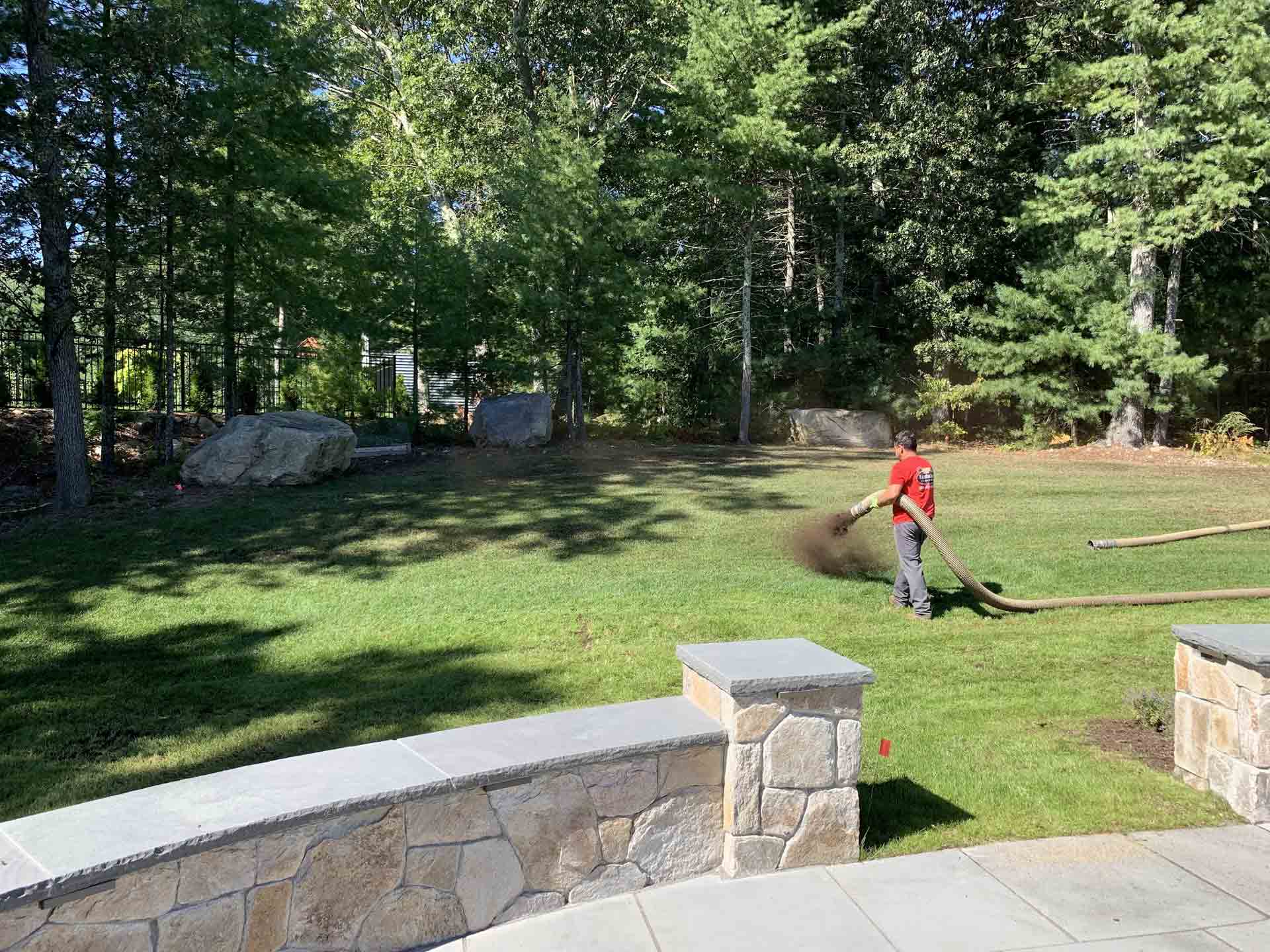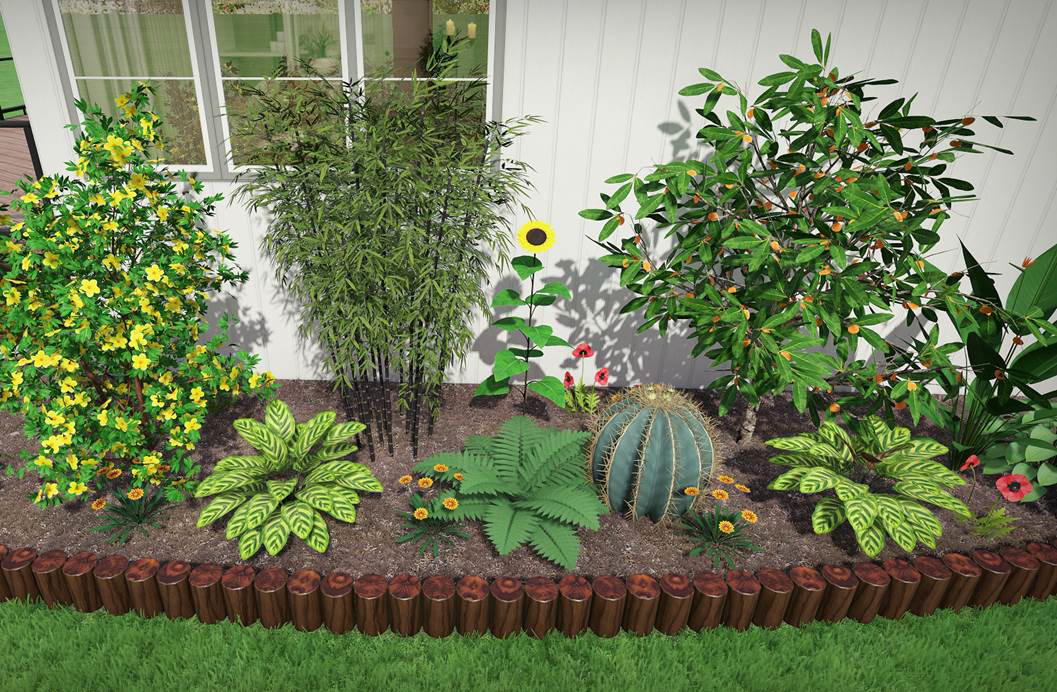Not known Factual Statements About Landscapers
Not known Factual Statements About Landscapers
Blog Article
Some Known Details About Landscapers
Table of ContentsNot known Factual Statements About Landscapers The smart Trick of Landscapers That Nobody is Talking AboutThings about LandscapersThe smart Trick of Landscapers That Nobody is Talking AboutMore About Landscapers
In the PNW there are semi-deciduous or semi-evergreen plants that might lose their leaves depending on exactly how cold the winter season is. - A level celebration room, made of timber or composite material (made to look like wood), typically nearby or affixed to a structure.

- Granite that is weathered to the point that it is a really fine aggregate. This is a natural procedure, and the result can be used for courses and outdoor patios. Decomposed granite is frequently referred to as DG. It is particularly helpful in modern landscapes. - Trick landscape functions being recommended in a landscape design strategy.
Not known Details About Landscapers
These goals direct the layout procedure, not the developer's style or preferences. Common layout purposes in Portland are reduced upkeep, drought forgiving, and animal pleasant. - Process for getting rid of or thinning the dead lower degree of a mature grass. Thatch is turf that has actually passed away and collected below the green blades.
Over time this layer can get extremely thick and make it tough for water, sunlight, and nutrients to get to sections of the turf.- The process of gathering and controlling the circulation of water on a residential or commercial property. This can be made with grading, French drains pipes, dry wells, permeable surface areas, sump pump, rain gardens, and more.
Quality at the base of hills, with all-natural springtimes, or filled with hefty clay have the most drainage issues.- A slow feeding irrigation system that makes use of flexible tubes and emitters to send out a precise quantity of water per plant. This is the most effective approach of watering plants. - The capacity of a plant to make it through without much summer season water.
- A garden function where water is stood for by an accumulated rock item, normally a gravel or granite.- A stone or flagstone patio, path, or sidewalk developed without a concrete base.
The 6-Minute Rule for Landscapers
- A rock retaining or complimentary standing wall built without the use of mortar. - A below ground framework that accumulate water and permits it to reduce percolate into the dirt around it.
Landscape layout that is suitable with a sites' atmosphere in both appearance and sustainability without adverse influences to the environment. Edging in the landscape is a line of demarcation that produces visual passion in the garden by dividing one section from one more sector. This can be visual or useful, keeping one component (such as pea crushed rock) from getting mixed right into another (like bark dirt).
Areas can also have a sensation of "enclosure" supplied by trees, various other growings, fencings, or screens. The landscape near the access to a building.
A plant that is not indigenous to the area where it will be grown. Thicker bladed lawn lawn that spread through rhizomes.: The degree of dirt on your property before bark dust or compost is spread out.
The Facts About Landscapers Revealed

The objective, factor, or activity that an area is be landscaped for. Area for growing plants for seeing, consuming, or physical activity.
Low plants that are allowed or motivated to spread over an area. Can refer to any "tough" garden aspects including statuary or stones yet most typically is made use of to refer to paths, patios, and walls.: Elevation distinction in between the level of water in a fish pond (or the degree of the pump if it rests outside the pond) and the top outlet of water which affects performance of the water pump in gph (gallons per hour).

Landscapers - The Facts
An even more loosened up garden dominated by curved instead of straight bed lines and a less rigid framework. Typical PNW landscapes are informal. A plant that spreads greater than wanted, or into habitats where it does damage. Portland has a listing of intrusive plants that should not be set up in landscapes because they Go Here can spread to woodlands or rivers and be tough to control.
Smart irrigation controller evaluations and suggestions below. 2-D rendering of the recommended irrigation system. Can consist of head positionings and insurance coverage, pipeline sizing, GPM specifications, and materials required to mount this system. A watering strategy is generally unnecessary for properties however prevails for commercial jobs. Certified professional that makes landscapes, schooled in design and style as well as in cultivation.
Landscape developers normally have he has a good point much less education than Landscape Architects and are not licensed. A finished landscape design, outlining all aspects for the brand-new landscape.
Calcium product used to increase the pH in dirt, which will certainly make it less welcoming to moss. A water tight HDPE material utilized below ponds, streams and waterfalls in water features. Making use of several plantings of the same variety to complete an area in the landscape. This can lower upkeep and water usage in the yard.
Report this page